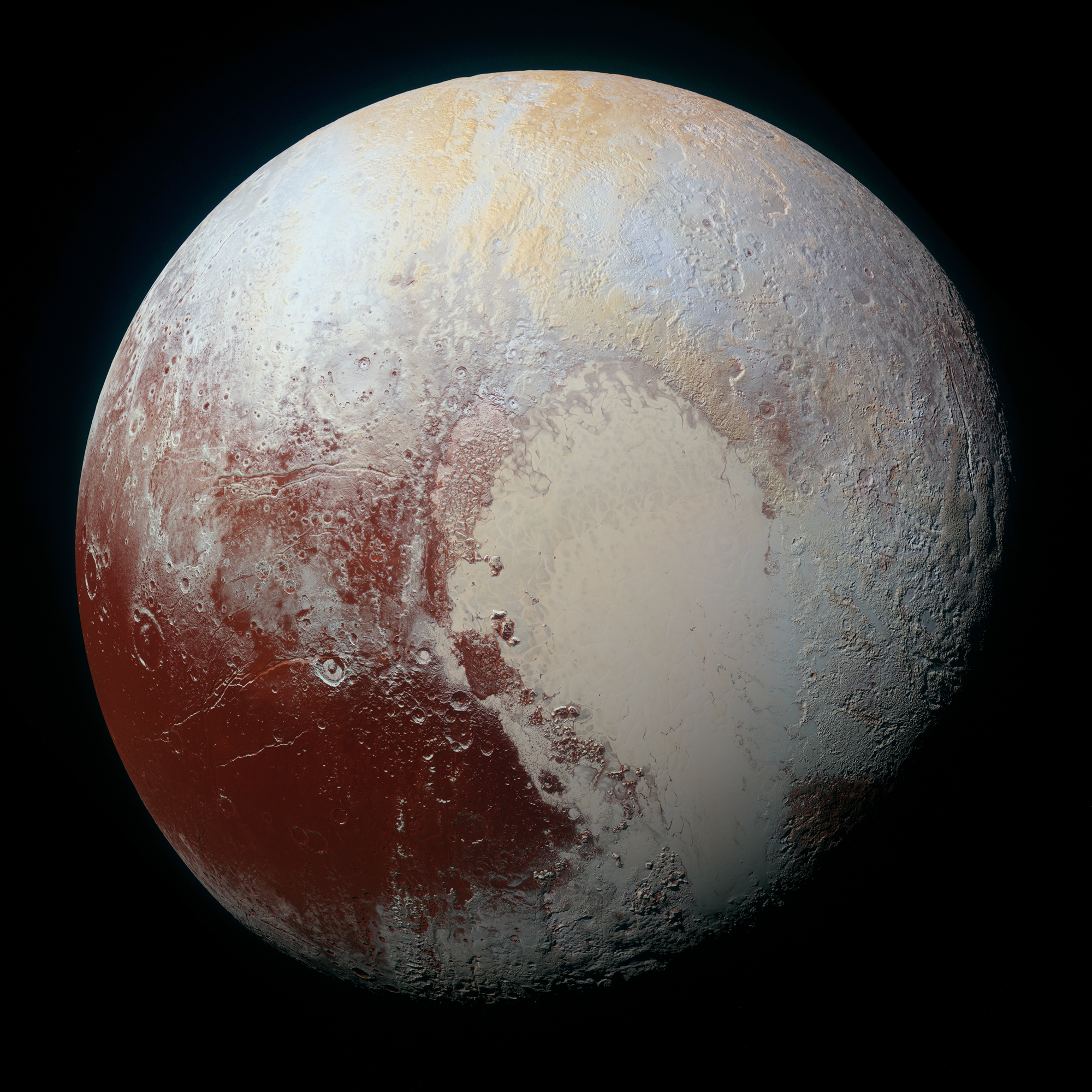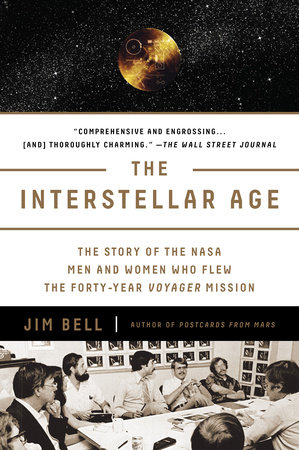The Interstellar Age: Inside the Forty-Year Voyager Mission by Jim Bell
(New York: Dutton/Penguin, 2015), 336
- Europa is one of the most likely places to find life in our solar system
- Herschel: polymath who doubled the size of our solar system (discovered Uranus)
- at Uranus, Voyager II created active image stabilization via thrusters to counteract torque from cassettes starting and stopping (wow!)
- if you could see Jupiter’s magnetic field it would be 5x larger than the moon in our sky (!)
- He takes a broader view of the definition of a planet, resulting in about 36 planets in our solar system (in contrast to the IAU definition which demoted Pluto)
- “squiggly line science”
- They predict a bow wave at the edge of the heliosphere and interstellar space
- Pioneer anomaly: slowed down by leaking photons the opposite direction
- Highlights of Voyager I's mission: earth-moon portrait, Io's volcanoes, Europa and Ganemede's cracked icy shells, smoggy haze of Titan, cliffs of Miranda, cantaloupe and geyser terrain of Triton, swirling storms of Jupiter, Saturn, and Neptune, family portrait of our solar system
- Kepler mission to find other planets with transit method by staring at the same place and measuring dimming of stars from transiting planets
- Uranus and Neptune are “ice giants”, distinct from the "gas giants", as discovered by Voyager
Amazing Images
Earthrise from Lunar Orbiter 1 (August 23, 1966)

Earthrise from Lunar Reconnaissance Orbiter (October 5, 2017)

Earth from the Surface of Mars

Solar System Portrait - Earth as 'Pale Blue Dot'

Voyager - Solar System Portrait

First Pictures: Voyager 1 Images Io’s Volcanic Plumes – March 8, 1979 | Drew Ex Machina

Europa During Voyager 2 Closest Approach – NASA's Europa Clipper

Pluto New Horizons - The Impact of Craters

Created: 2021-12-15
Updated: 2023-06-04-Sun
